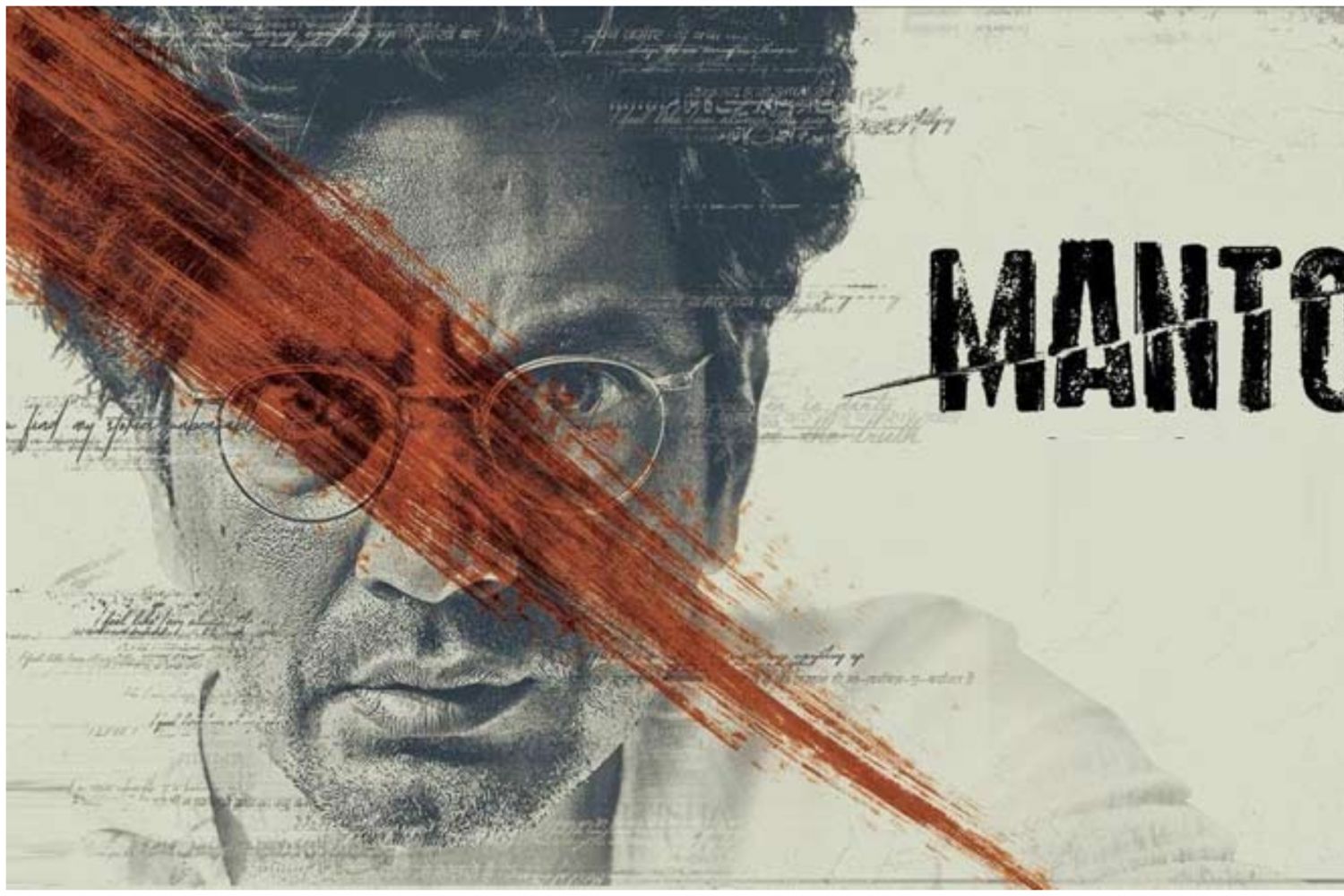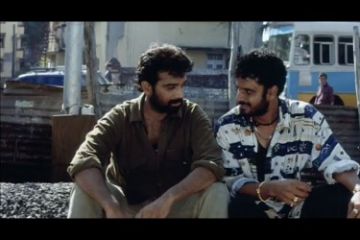
Over the last three years there has been an attempt in Indian
cinema to make films more meaningful. This may be seen as a departure from
mainstream commercial cinema in Hindi and other regional languages that uphold
status quo, meaning moribund social values, and thrive on sex and mindless
violence. Masaan (2015) was the first in this period to attempt
something different. An Indo-French co-production directed by Neeraj Ghaywan,
it is set in Banaras. It questions in two separate episodes so





